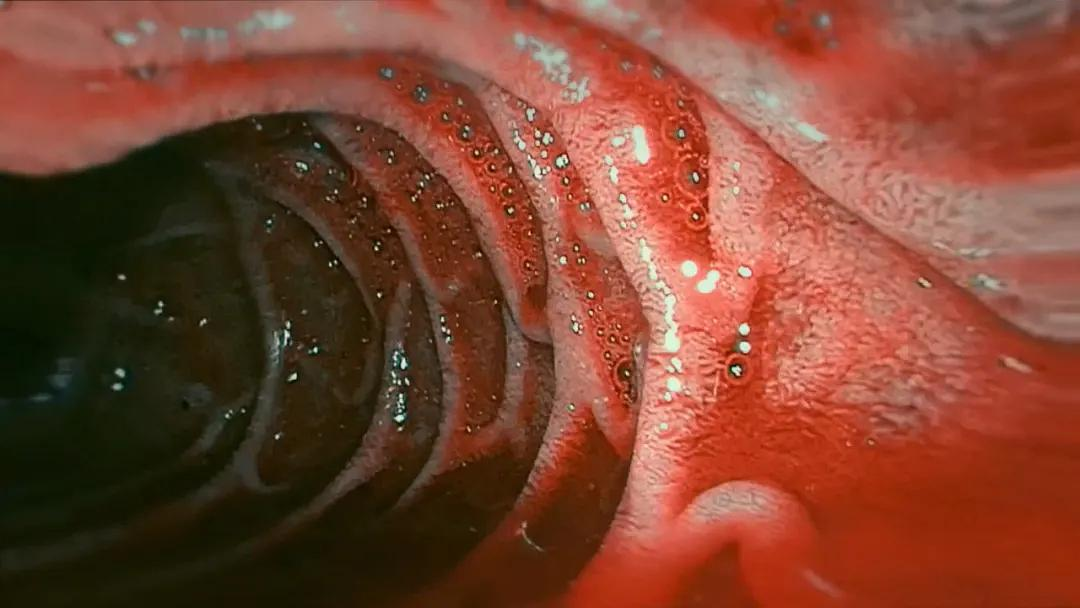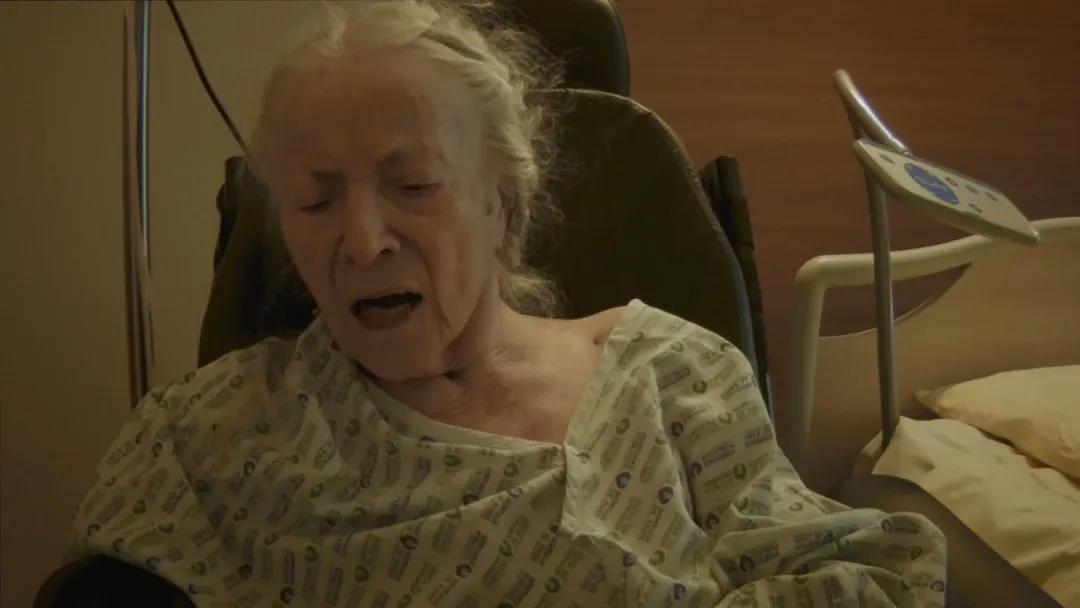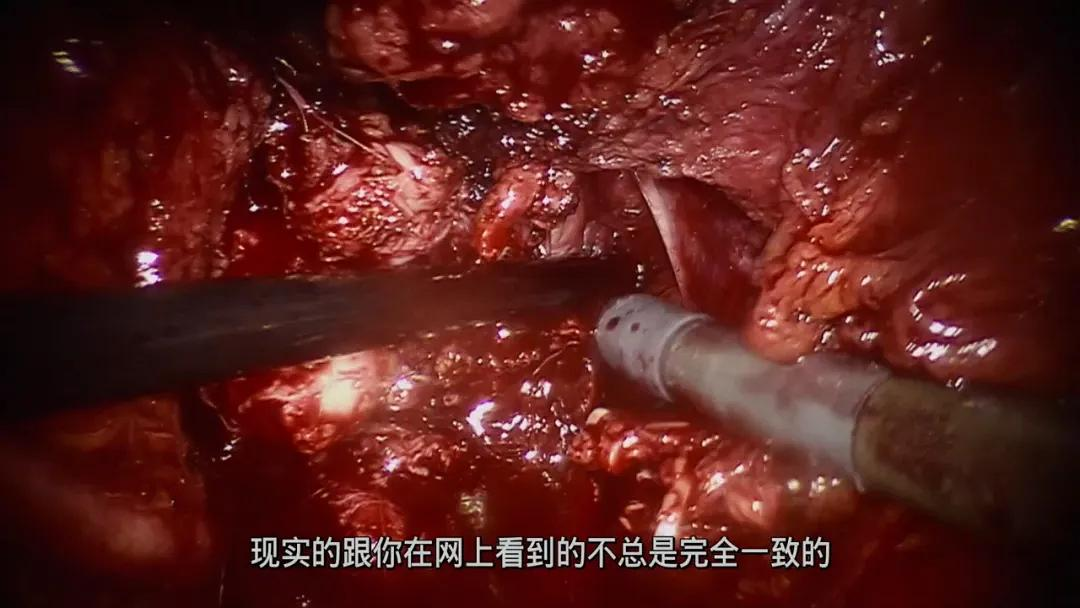
人体结构
3.0
- 主演:未知

1、 主演的电影《人体结构》来自哪个地区?
爱奇艺网友:电影《人体结构》来自于法国,瑞士,美国地区。
2、《人体结构》是什么时候上映/什么时候开播的?
本片于2022年在法国,瑞士,美国上映,《人体结构》上映后赢得众多观众的喜爱,网友总评分高达1239分,《人体结构》具体上映细节以及票房可以去百度百科查一查。
3、电影《人体结构》值得观看吗?
《人体结构》总评分1239。月点击量1次,是值得一看的纪录片。
4、《人体结构》都有哪些演员,什么时候上映的?
答:《人体结构》是上映的纪录片,由影星主演。由导演吕西安·卡斯坦因-泰勒,维瑞娜·帕拉韦尔携幕后团队制作。
5、《人体结构》讲述的是什么故事?
答:纪录片电影《人体结构》是著名演员 代表作,《人体结构》免费完整版2022年在法国,瑞士,美国隆重上映,希望你能喜欢人体结构电影,人体结构剧情:解剖学发明以来,人体奥秘开始为世人所知所见。然而,大家习惯的始终是那副最表面的臭皮囊,或留恋或厌倦,或拥抱或憎恶。假如能深入体腔,即时观察微肌细理,体液流动,可会了悟个中奥妙,那欲肉不为肉所欲的真义?得到医院前线及技术人员协助,韦莲娜柏丽芙与路西安卡斯当泰来再现了内窥和 微创手术的影像,辅以病人和医护的生活点滴,让作为关怀、痛苦、希望和被宰制场所的身体,成了光影景观的主角。血肉不再模糊的结果,可会对人文多一份凝视

这是一部记录了在医院、在手术中、在养老院中,我们会看到的关于人的一切的纪录片。【对一些手术画面感到不适的朋友慎入】。它通过几次不用的手术去呈现了人类身体的内在的样子,脑部的,眼部的,胃肠,生育,癌症,脊柱…每个手术都看到了不同部位和不同状态下的身体。穿插在手术中的是养老院的老人们,搀扶着的姐妹,一直哀嚎的老奶奶,无法沟通只能被锁起来的男人…另一面就是一直在他们周围工作的医护工作者们,他们聊天,他们沟通,他们讨论接手过的病患,也会晚上一起蹦迪放松…
这部纪录片给我的体验非常特别,它没有对人体对器官有任何的美化和包装。所以一边看的时候我一边就在感叹原来真实的手术就是残忍中又带有一丝救命的神圣。医护人员的聊天是背景音,血肉的镜头是手术的真相,麻醉中的患者是急需救助的对象。我无法形容那一刻的复杂心情。医护者并不完全的严肃,这只是一份工作,也看过太多病例。他们会打趣,会在给离世的人穿衣服时听音乐开玩笑,他们会轻松的工作。同时他们又在完成最神圣最沉重的工作,挽救生命。这种矛盾就像人光鲜的外壳和鲜红的内在一样冲击,而这一切都合理也都该被接受和认可。
看过了太多被包装过的医生和手术,不得不说冲击力一定是有的,但过后对于这个行业的崇拜是不减反增的,同时也再一次丰富了我的视觉经验,是一次很新奇的体验。结尾极长的音乐和壁画最后落在了最后的晚餐,对表达人的虚幻感和传统的人与神的感受上产生了更强大的落点。我们借着这部电影就是最真实的落地,看到了“体”而无关“灵”。身体所经历的和对抗的被如此直接的表现出来的时候我相信没人会不受到冲击。
我个人不喜欢的片子,但很猎奇,值得一看不会回味的那种。

Véréna Paravel and Lucien Castaing-Taylor's latest documentary, premiering in the Directors' Fortnight in Cannes, plunges into the human body in ways rarely seen onscreen.nnnBY JORDAN MINTZERnnnMAY 23, 2022 4:25AM
Step aside, David Cronenberg, there’s a new master of body horror in town. Or rather, masters, in the case of co-directors Véréna Paravel and Lucien Castaing-Taylor (Leviathan,Caniba), whose latest ethnographic opus takes us not only inside the world of invasive medical procedures as practiced in various hospitals around Paris, but about as far inside the human body as a feature-length documentary has ever gone.
To say thatDe Humani Corporis Fabricais not for the fainthearted is an understatement, because unlike in Cronenberg’s movies, the ample gore on display is very much the real thing — so much so that it can be painful to watch. And yet, for viewers who resist the temptation to flee for the nearest exit, this fascinating and probing look at modern surgery is a memorable experience, making us ponder our own humanity as we watch humans reduced to pure flesh-and-blood organisms.
For more than a decade, Paravel and Castaing-Taylor, members of the Harvard Sensory Ethnography Lab, which was co-founded by the latter, have used immersive cinematic techniques to explore different facets of our existence, getting as close to their subjects as physically, and metaphysically, possible. InLeviathan, the first film they made together and the one that put them on the map, they employed GoPro cameras to plunge deep into the murky waters of a Maine fishing expedition. Other works, such asCaniba, about the real-life Japanese cannibal Issei Sagawa, orsomniloquies, about the recorded dreams of songwriter Dion McGregor, featured roving close-ups of bodies and faces that transformed them into surreal, sometimes grotesque figures onscreen.
These earlier films seem like natural forerunners toDe Humani Corporis Fabrica, which takes things a step further by piercing the very skin itself, using a range of microscope cameras, endoscopic imagery, X-rays, ultrasound probes and other instruments to reveal the inside of the body in harrowing detail. Not since Joe Dante’sInnerspacehave we sailed through muscle and fatty tissue, intestinal tracts, arteries and major organs with such ease. We don’t always know what we’re looking at — Is it an esophagus? No, it’s a penis! — but we’re riveted by what we’re seeing, which can be both hard to stomach and transfixingly beautiful in the way that an abstract expressionist canvas can be, filled with multitudes of colors, shapes, shadows and light.
Our only guidance to the procedures is aural: the voices of the French surgeons, doctors and nurses who conduct them, narrating the action in a mix of nonchalant banter, technical jargon and, in the case of prostate surgery that goes hilariously out of control, a slew of expletives. No one is interviewed and nobody talks to the camera; this is a fly-on-the-wall approach, except that the fly sometimes enters the body through crevices and incisions, magnifying organs and flesh hundreds of times during operations in which everyday medical miracles take place before our eyes.nnThe filmmakers zoom out as well to give us a bigger picture, caught in fragments, of a public health system whose professionals are straining under the weight of too many patients and not enough funding and time. Shot in a network of Paris hospitals and clinics,De Humani Corporis Fabricareveals the high levels of expertise and sangfroid of France’s well-trained medical community, and the problems, including budget cuts and downsizing, that they face when giving proper care to the sick and elderly.
Among the many medical scenes depicted, Paravel and Castaing-Taylor made sure to include those revealing human life from the very start until after the end. There’s an explicit cesarean-section birth scene that will have some audience members reaching for their Dramamine, and a scene in a morgue showing nurses clothing dead bodies as a Caribbean beat plays on the radio. In both instances, the film’s approach is twofold: On one hand it all seems very routine, which is how things tend to be for people who handle newborns and corpses on a daily basis; on the other, we’re staring life and death straight in the face, which can leave one feeling tremendously vulnerable and yet aesthetically satisfied.
The paradox ofDe Humani Corporis Fabrica, which is named after the groundbreaking 16th century anatomy books written by the Dutch physician Andreas Vesalius, is that the further we travel inside the body, the more it seems like anything but the body we know. This is particularly well illustrated in a sequence where two young doctors dissect a biopsied breast which, with its lines of charred flesh, resembles a side of barbecued pit beef. In the next scene, an oncologist studies the progression of a patient’s breast cancer under a microscope, and the images, magnified to a cellular level, look like a collection of colorful, gorgeously rendered paintings by Joan Miró.
Between the operations, the directors keep cutting back to a psychiatric ward filled with raving older patients, showing how the breakdown of our nervous system — first seen in an excruciating brain surgery sequence — manifests itself on the outside. These more macro depictions of the body at work, or, rather, failing to work properly, are coupled with scenes of security staff and their guard dogs patrolling dimly lit underground corridors. At some point, the graffiti-filled bowels of the hospital and the bowels of a patient undergoing an endoscopy begin to look like one and the same thing.
Therein lies the power of Paravel and Castaing-Taylor’s cinema, which infuses slices of life — or, in this case, slices of flesh — with multiple meanings and associations. Even a seemingly random moment captured at the end of the film, when the doctors and nurses let go during a party, takes on a new dimension when the DJ throws on New Order’s “Blue Monday” and the opening lyrics kick in: “How does it feel/When you treat me like you do/And you’ve laid your hands upon me.” It’s a question that this penetrating and profound documentary answers in more ways than one.
nn
n
现在的我还在看,这个纪录片太震撼了!!!
绝对的禁片!!!!!!

胆小慎入!!!胆小慎入!!!胆小慎入!!!
最不吓人的画面是给逝者穿衣服、血管缝合、最后酒池肉林的闪烁癫狂画面,剩下都相当相当相当触目惊心!!!
阴茎延长术、解剖生孩子、乳腺癌组织的解剖切片、膀胱癌组织切除,歪斜脊柱牵引修复



故事是医院日常的真实记录,片长120分钟,大多数都是相当无聊的镜头,但奇妙的是,小编竟然神奇的看完了。
一方面,大概是对于医生摆弄各种仪器的好奇。
另一方面,大概是对于“生命”的一次旅行。
故事开始,就是ICU一帮护士的吐槽。
一定要拔插头。
这是对生命最大的尊重。
当下的网络,好多段子都在说,你对我不好,将来我就拔管。
底下一帮傻乎乎的笑。
有什么好笑的呢,现在有很多人都提前签署了“紧急不救治”的同意书,对待生命,至少保持尊严。n

世事无常,这些护士都吐槽,有些人吃喝玩乐就是啥事儿没有,但有些人才20出头就重病缠身无法救治。
吸烟吸到99,不吸烟的肺癌早就走。
如果每天面对生死,大概是会“及时行乐”吧。n

这一段,是开颅实况。
人的大脑里头,大概就是这么个样子,至于如何治疗,不是故事讲述的内容。
只是真实反映了手术室里发生的事儿。
医生,需要“传帮带”的,也是需要具体实操的。
这个职业,没有那么神秘,和卖油翁差不多,“唯手熟尔”。

这个大概是肠镜。
一般人可能会做,但绝对不会亲眼目睹一下实况。n

眼睛,常识里头认为绝对脆弱的结构。
但在医生手下,也是可以碰触的。
这个手术,大概是治疗视力的,是不是青光眼,并没有具体交代。
外行,只能看个热闹。n

这个,就完全不知道是在干嘛了。
貌似,是在治疗息肉。n

这个过程,就有点不可描述了,实际是看了都疼。
不过,医生在做手术时,可是科普了一个常识。
在法语里头,关于“兄弟”的表述,有两个词。
这两个词,分别在什么时候用呢?
这个就不说了,自行科普吧。
反正,这个手术做完,得用其中一个。n

这种手术做多了,“连带伤害”貌似还蛮大的。
医生直接表示,自己也是“圣人”好久了。
故事里头唯一的吐槽,大概就在这里了。
医生每天收治的病患太多,手术忙不过来,几乎得过劳死。
而另一方面,法国却有500万的失业人口。
医生这个职业,需要长时间的培养,大概也不能指望从这500万里头培养,但是,医院里头很多岗位也忙不过来啊。
一方面缺人,一方面失业。
这是故事里头唯一的吐槽。n

这对年迈的姐妹,一直手牵手在医院里头晃荡,镜头给了大概加起来也有五到十分钟,但至始至终,没有给出任何提示性意见。n

而另一个大妈,正面给的镜头很少,但惨叫声却一直弥漫在整个医院。
没人管。
或者,管不了。n

有死就有生。
故事里头也是实况转播了剖腹产的全过程。
最后,还要对“神奇”的脐带做一番详细的讲解,这不是讲给观众听的,而是老师在教学生。n

肿瘤细胞,长什么样子,也见识一下吧。
故事里头还对整块肿瘤进行了详细分析,至于是人体的那一块组织……。n

总体而言,大概每台手术,医生都是一边做一边讲的,老师带学生不容易,学生能得到学习机会也不容易。
老外在这方面,貌似不会藏私,讲得挺细的,甚至连小编这样的外行,都能听出个一二三来。n

这是一个脊椎手术,难度估计不是一般的大。
但是,医生一边做,一边依然吐槽。
即便是专家,即便是成功了22例,你的下一个病例,也许就会失败。
这样的专家,才是真专家。n

故事里头的这个病患,也是占了好多镜头。
大概是老年痴呆吧,当大脑逐渐失去记忆,自己已经不知道有多可悲。
故事最后,是给的太平间。
一帮人,驾轻就熟的帮死者穿衣服,然后推向指定地点。
处理“曾经的生命”,无非只是一个工作。n

故事最后,是一场“及时行乐”的狂欢,画面也是相当有内涵。
不好,记录的细节不够,科普拉跨,教学更谈不上,不精致,技巧不突出,因为片中的手术很常规啦
脑室造瘘术,人工晶体植入,输尿管镜下激光碎石,胎盘早剥剖宫产,全乳房切除术,病理学切片检查,内窥镜手术机器人前列腺根治切除术,脊柱侧弯矫正手术
外科很有意思,门外汉也能看个热闹,影片中的技术表现当然不是超一流的,目前还无法嘲笑这样”落后”的手术治疗方式,但我可以肯定将来一定会的